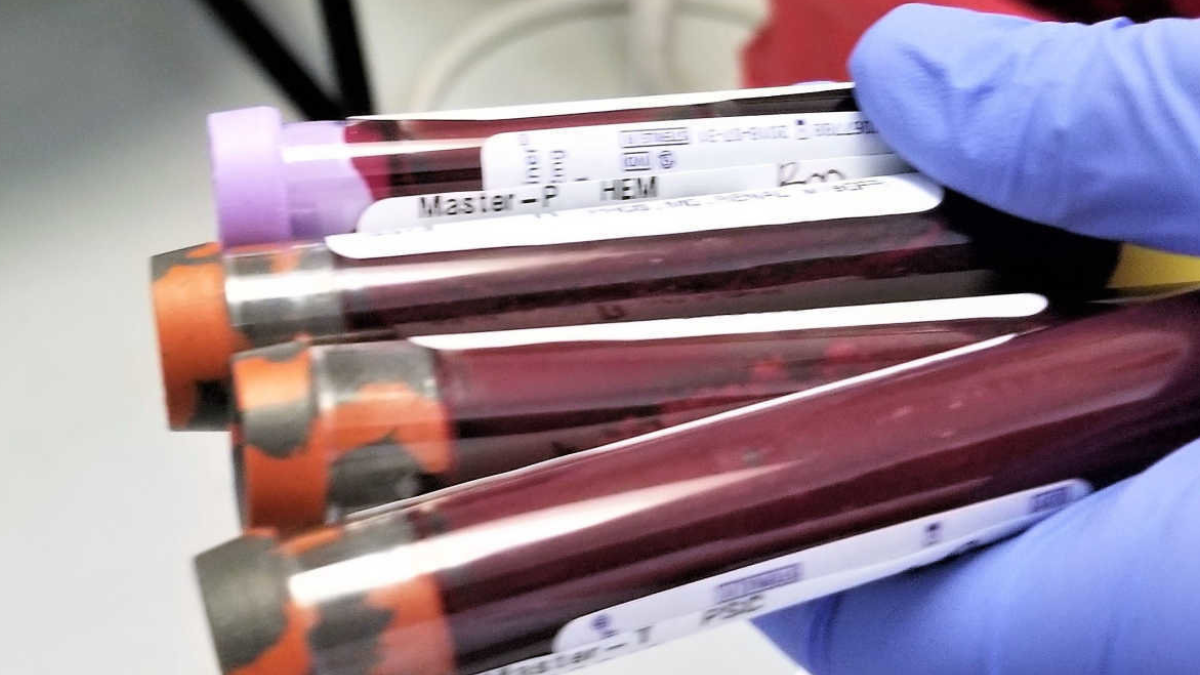
While we haven't found a cure for most types of cancer — and a cancer diagnosis or a potential diagnosis is still pretty terrifying for anyone — the truth is, we have come a long way. The medical community has made a ton of advancements and discoveries over the past two decades, leading to far better treatment options than had been available to us previously. We're definitely not trying to minimize anyone's legitimate fears, but the good news is, we can genuinely say there are so many reasons to take heart — a lot of the new treatments are less invasive and ultimately, less damaging. Here, we're celebrating the great advancements in cancer treatment while acknowledging the trials that so many families have had to go through in dealing with this painful disease and difficult treatments.
One of the best ways to get effective, minimally invasive treatment is to detect cancer at an early stage. This isn't always possible, but one way to improve our odds is to get informed before anything arises so we know what to look for. For example, knowing the early signs of ovarian cancer can help arm us with knowledge of what we should be paying attention to in our bodies. Similarly, understanding how to detect skin cancer helps us detect this extremely common form of cancer early enough for a better chance at successful treatment. And we're in no way trying to imply that anyone who gets breast cancer didn't do enough to prevent herself from contracting it That said, survivors and doctors want us to know ways we can minimize our own risk.
For a fuller list of milestones in cancer treatment, see the American Society of Clinical Oncology’s Cancer Progress Timeline.
Late 1990s
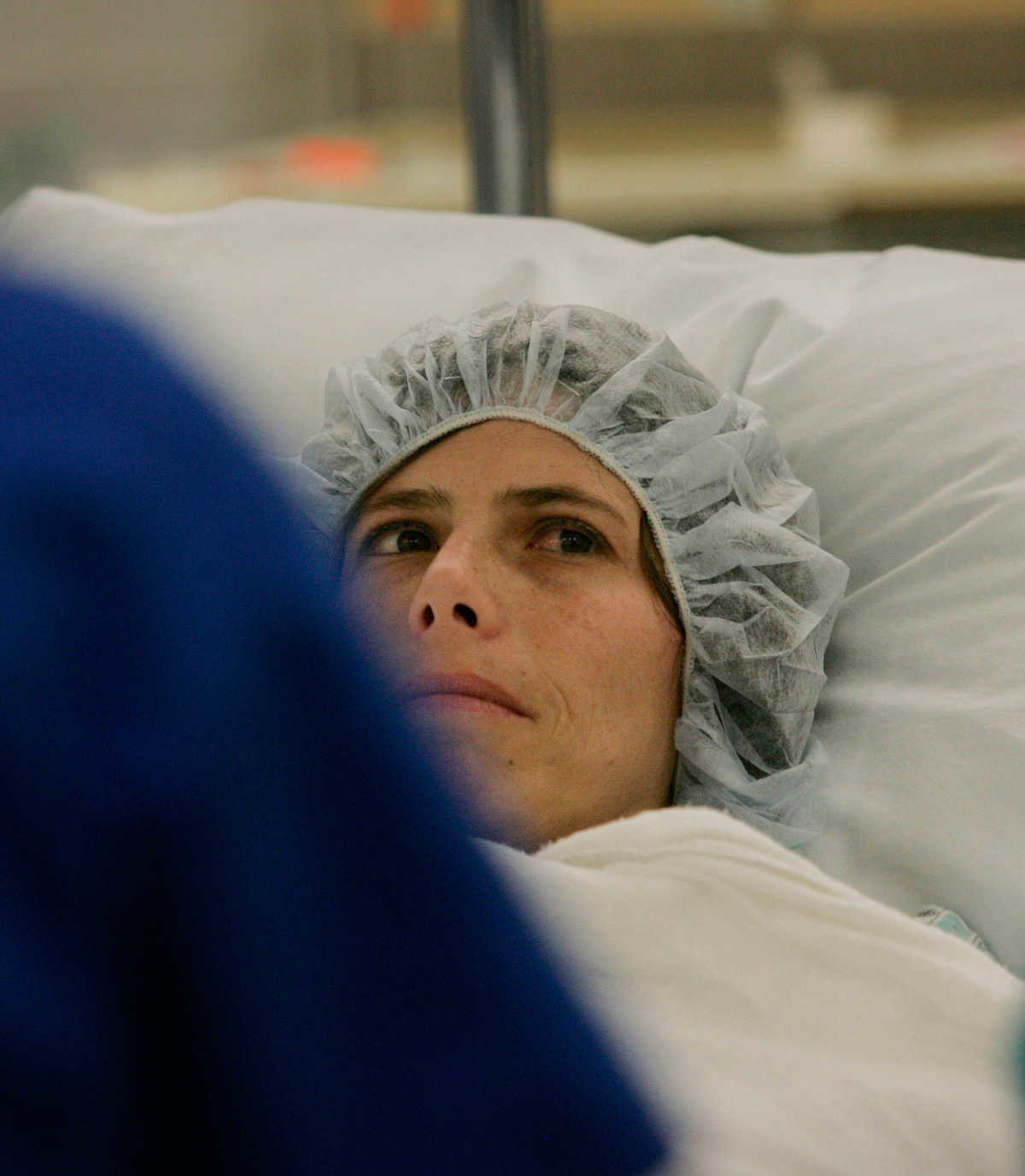
Researchers find that women with BRCA1 and BRCA2 gene mutations, which put women at a higher risk for breast and ovarian cancers, can reduce that risk by 90% or more by having preventive surgery that involves surgically removing the breasts or ovaries — or both.
2001: The First Targeted Therapy Approved by the FDA
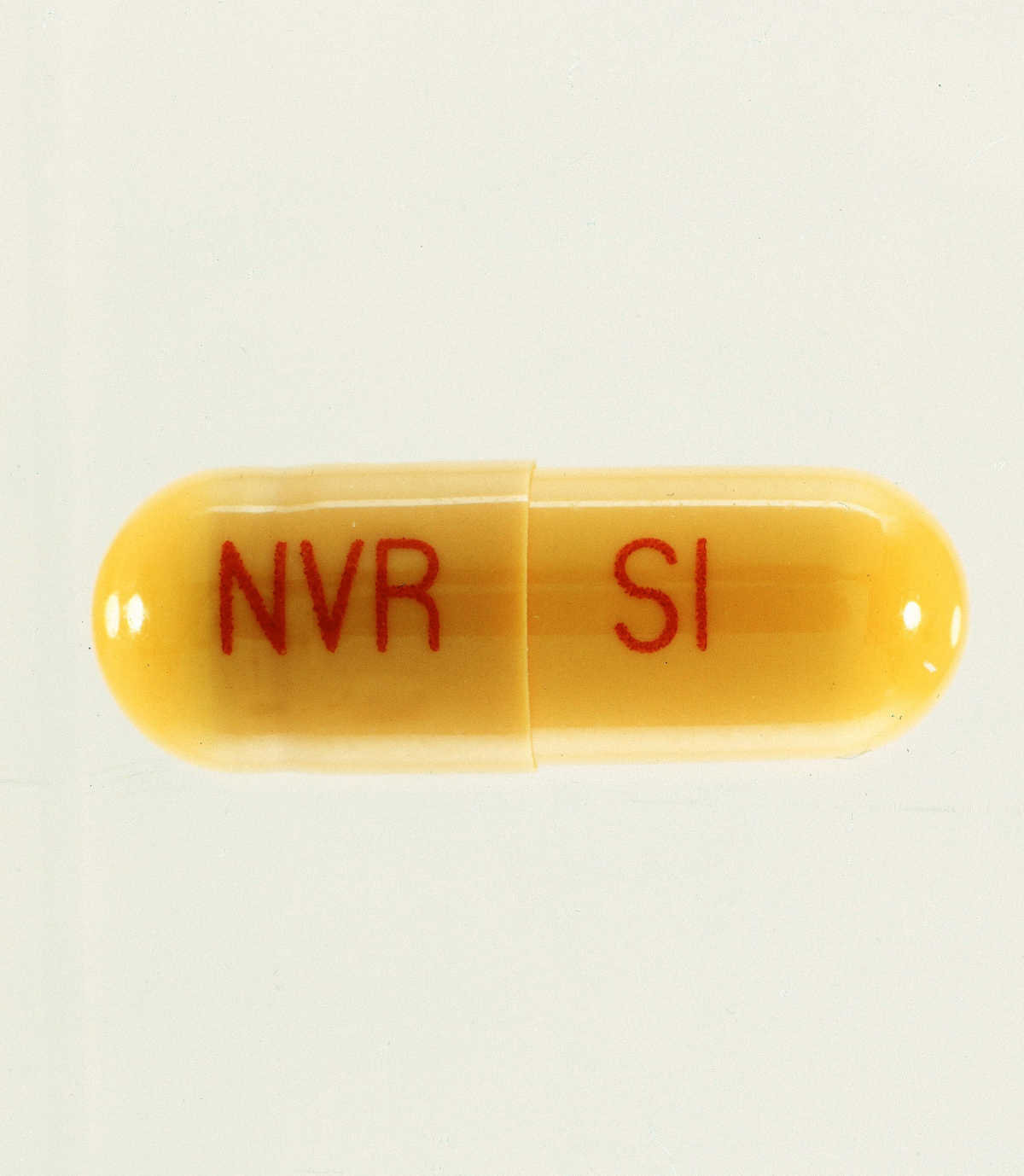
Targeted therapies work by attacking specific types of cancer cells. One such drug therapy, called Gleevec (imatinib mesylate), is found to halt the growth of chronic myelogenous leukemia, a rare blood cancer, and to help treat a rare abdominal tumor called GIST (gastrointestinal stromal tumor).
2004: The First 'Antiangiogenic' Drugs Are Approved
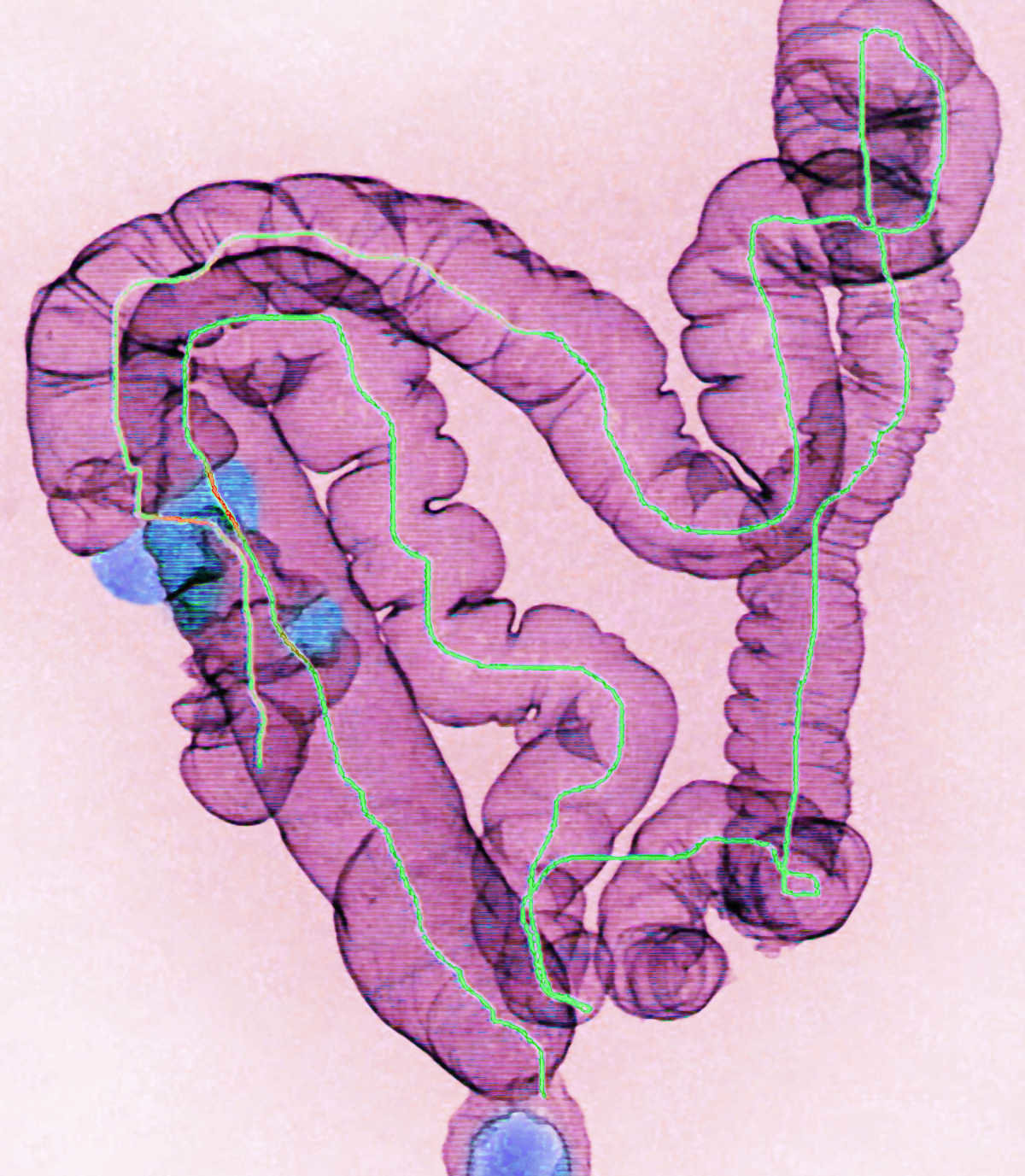
A new type of targeted drugs, called antiangiogenics, work by blocking the blood vessels that tumors rely on to grow. The US Food & Drug Administration approved the antiangiogenic Avastin (bevacizumab) to treat colorectal cancer — which is later proven to be effective on various other cancers as well, including lung and ovarian cancers.
2006: The First Vaccine to Prevent Cervical Cancer
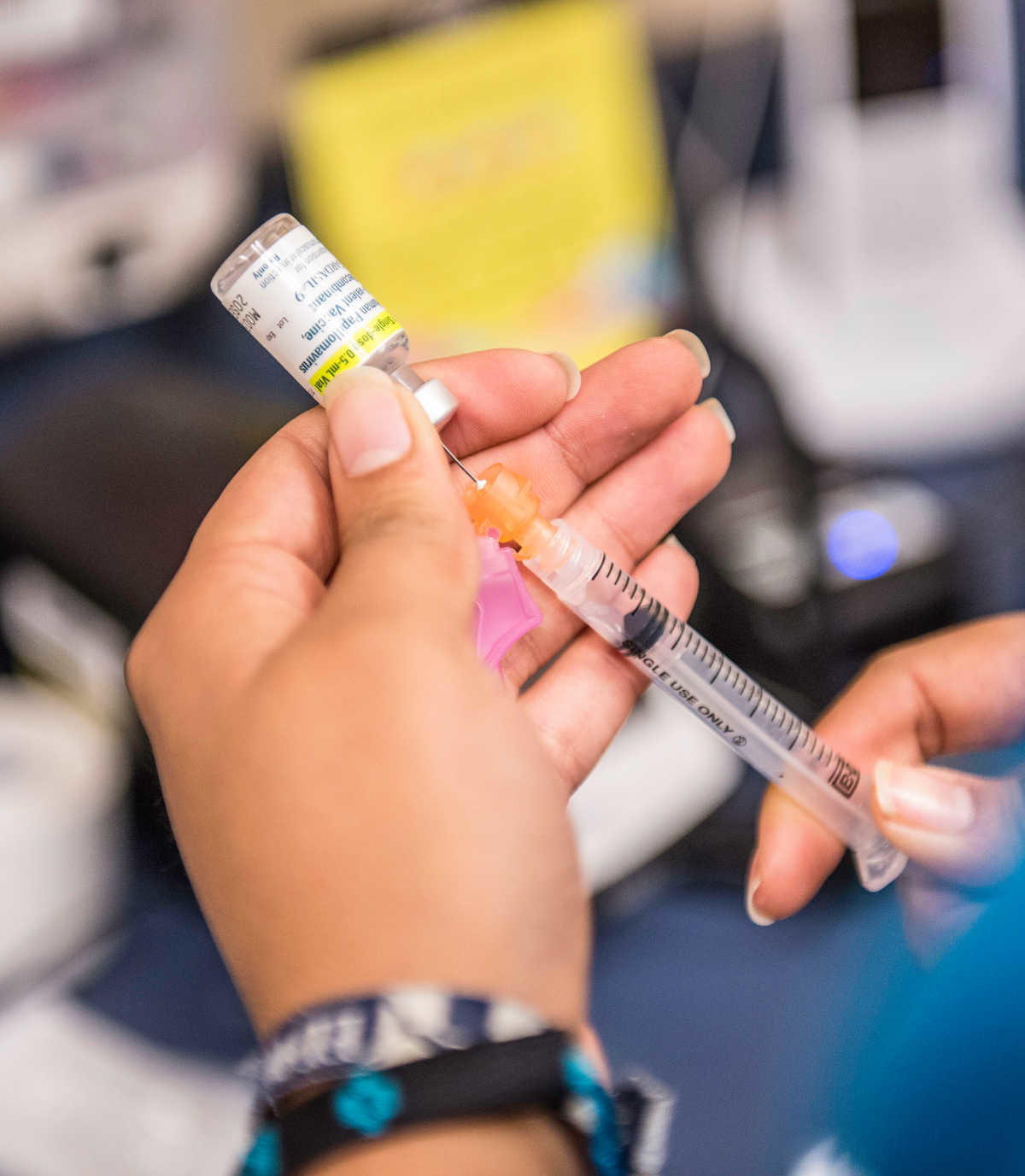
The FDA approved Gardasil, a vaccine against two strains of the human papillomavirus (HPV), which causes roughly 70% of all cervical cancers. It is meant for girls and women age 9 to 26. Later studies show Gardasil prevents other HPV-related cancers in women and men.
2008: Sequencing The Entire Genome of a Cancer Patient
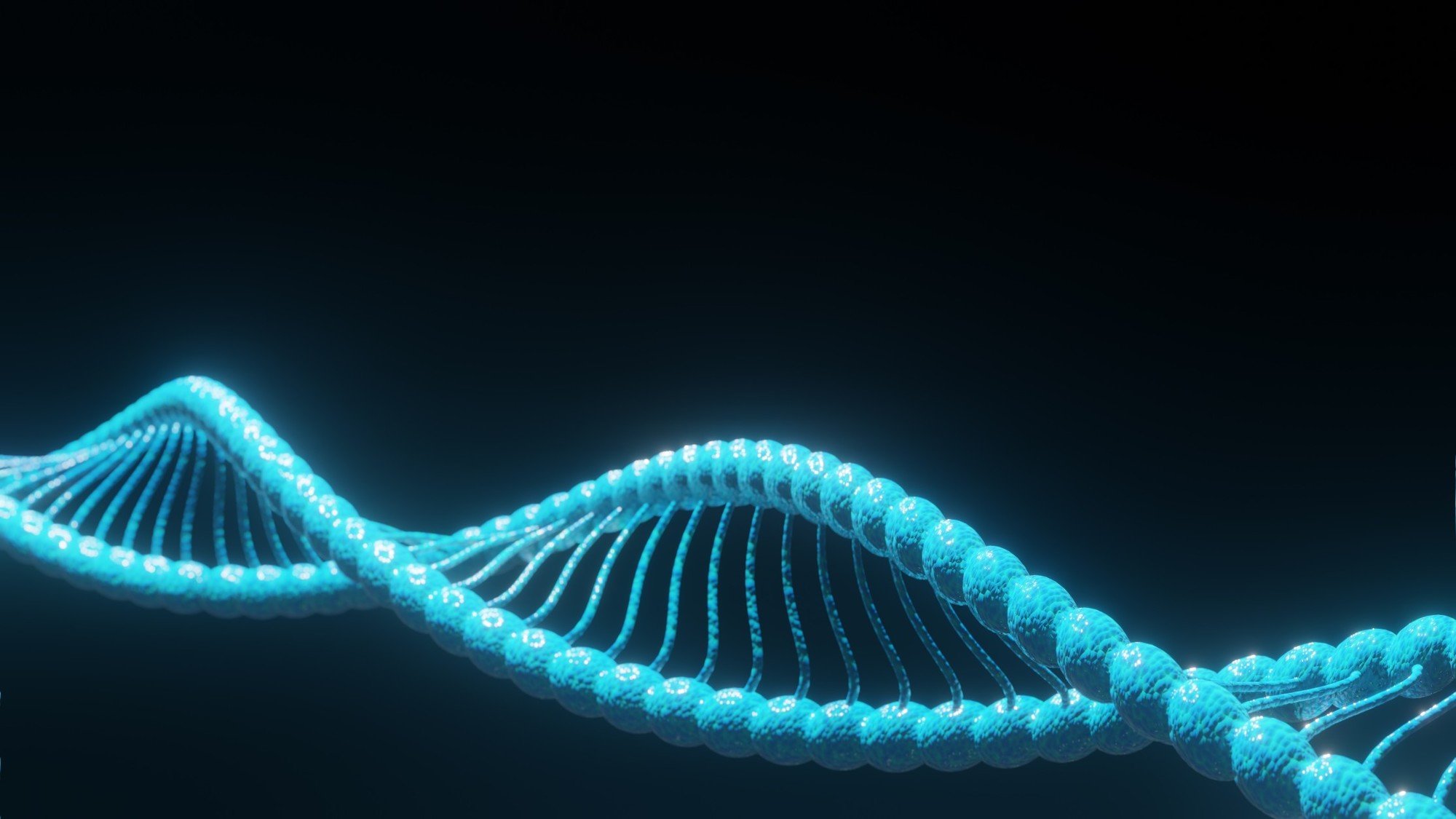
Researchers were able to sequence the entire genome of a cancer patient — including her tumor –and read her genetic code, allowing them to understand the exact mutations her body had experienced. This is a step on the path to personalized health care.
2009: Major Studies Call Into Question the Benefits of PSA Testing
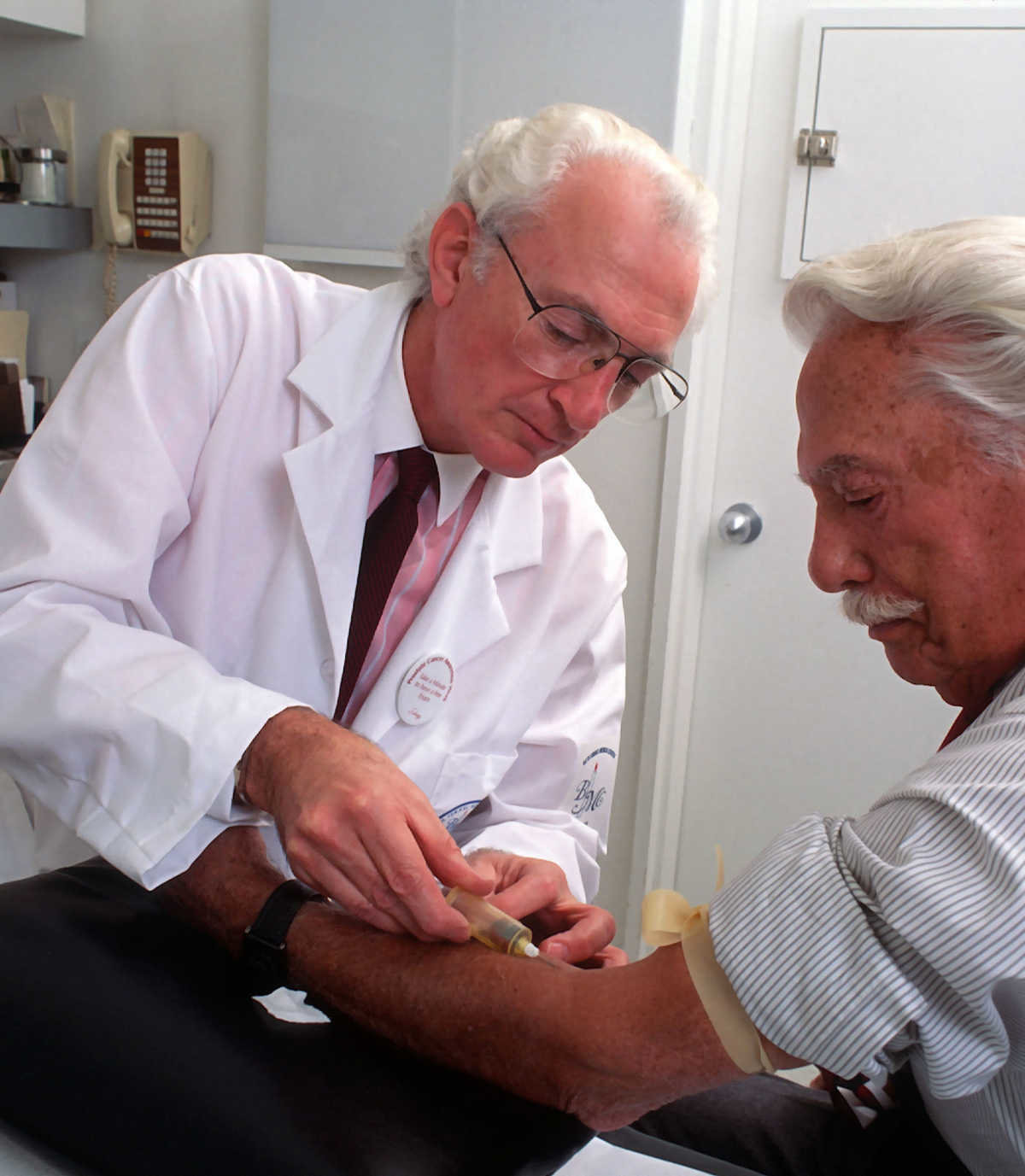
In a series of studies, researchers question the value of prostate-specific antigen (PSA) testing. Does it lead to overdiagnosis and overly aggressive treatment, or does it reduce the risk of death? The debate is ongoing.
2010: The First Human Cancer Treatment Vaccine
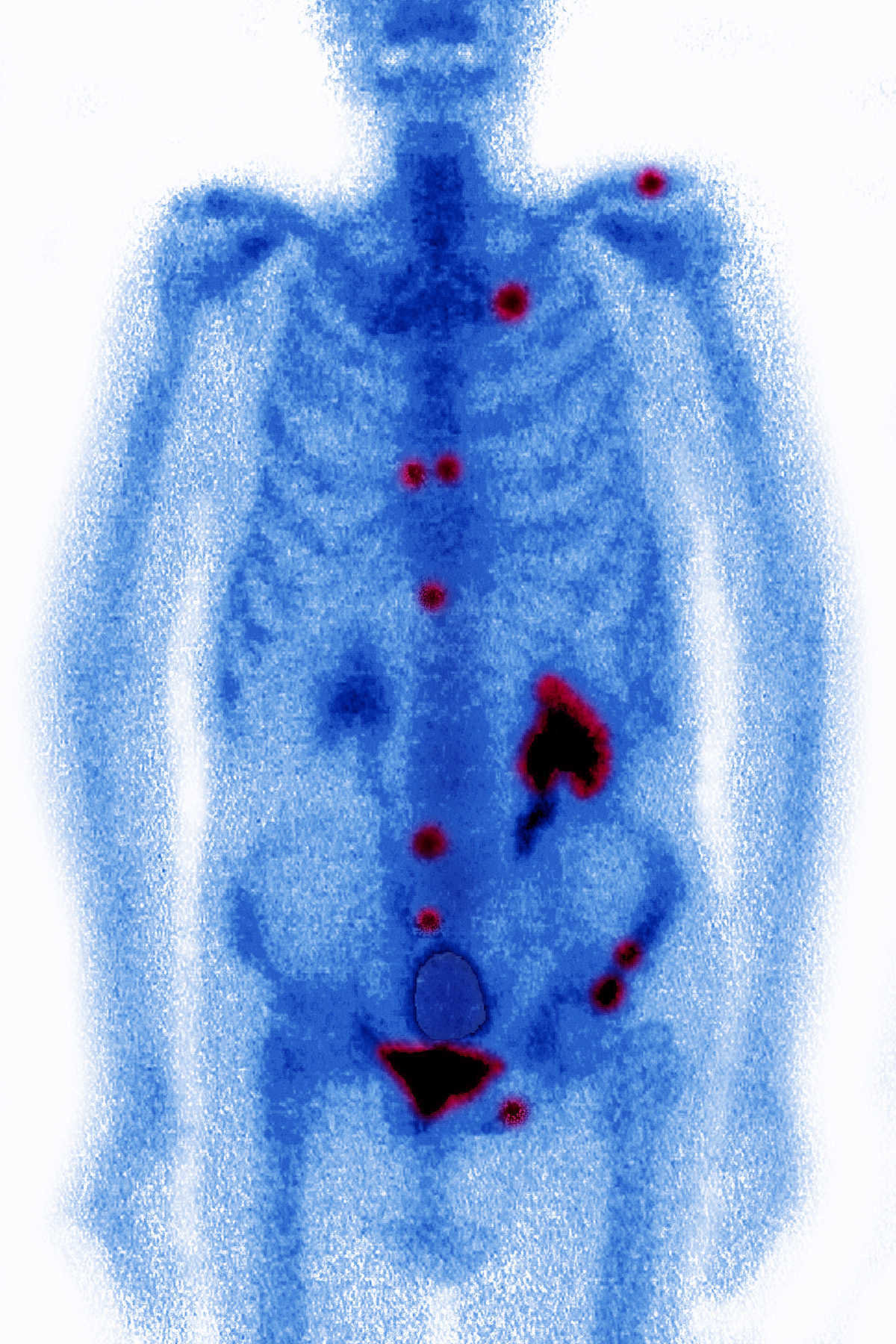
The FDA approved Provenge (sipuleucel-T), a cancer treatment vaccine that is made using a patient's own immune system cells to treat advanced prostate cancer. So far, it’s the only vaccine approved in the US to treat cancer.
2011: FDA Approves Promising New Immunotherapy
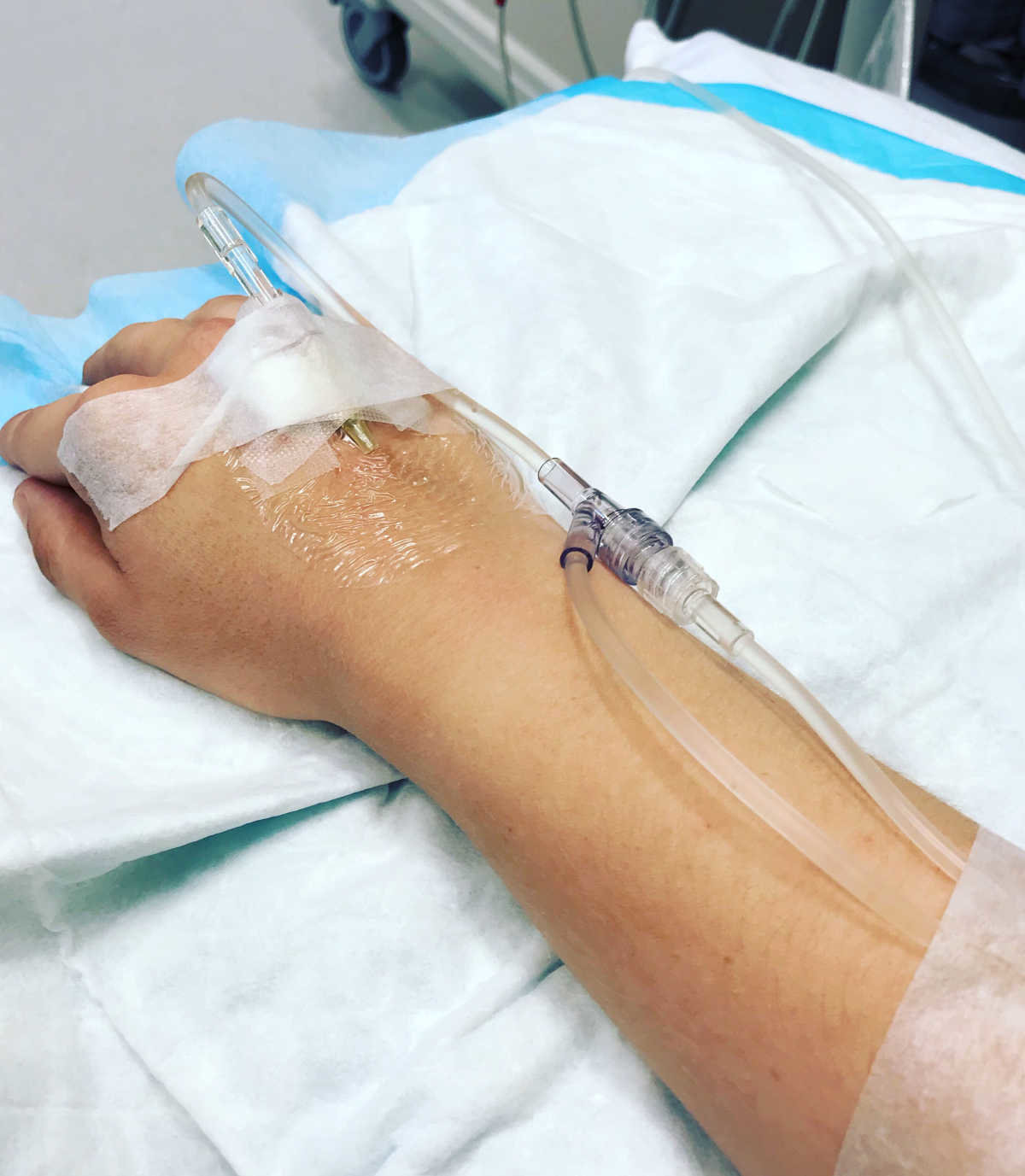
Yervoy (ipilimumab), a new immunotherapy, is shown to improve survival rates in people with advanced skin cancer by blocking CTLA-4, which suppresses a natural immune response. As the Cancer Research Institute explains, “It is also the first in an emerging class of therapies called 'checkpoint blockade,' which enhance the immune system’s ability to attack cancer by interfering with immunological checkpoints that slow or stop immune cell activation and proliferation in the presence of tumors or chronic viral infection."
2013: CAR-T Used to Treat Childhood Leukemia
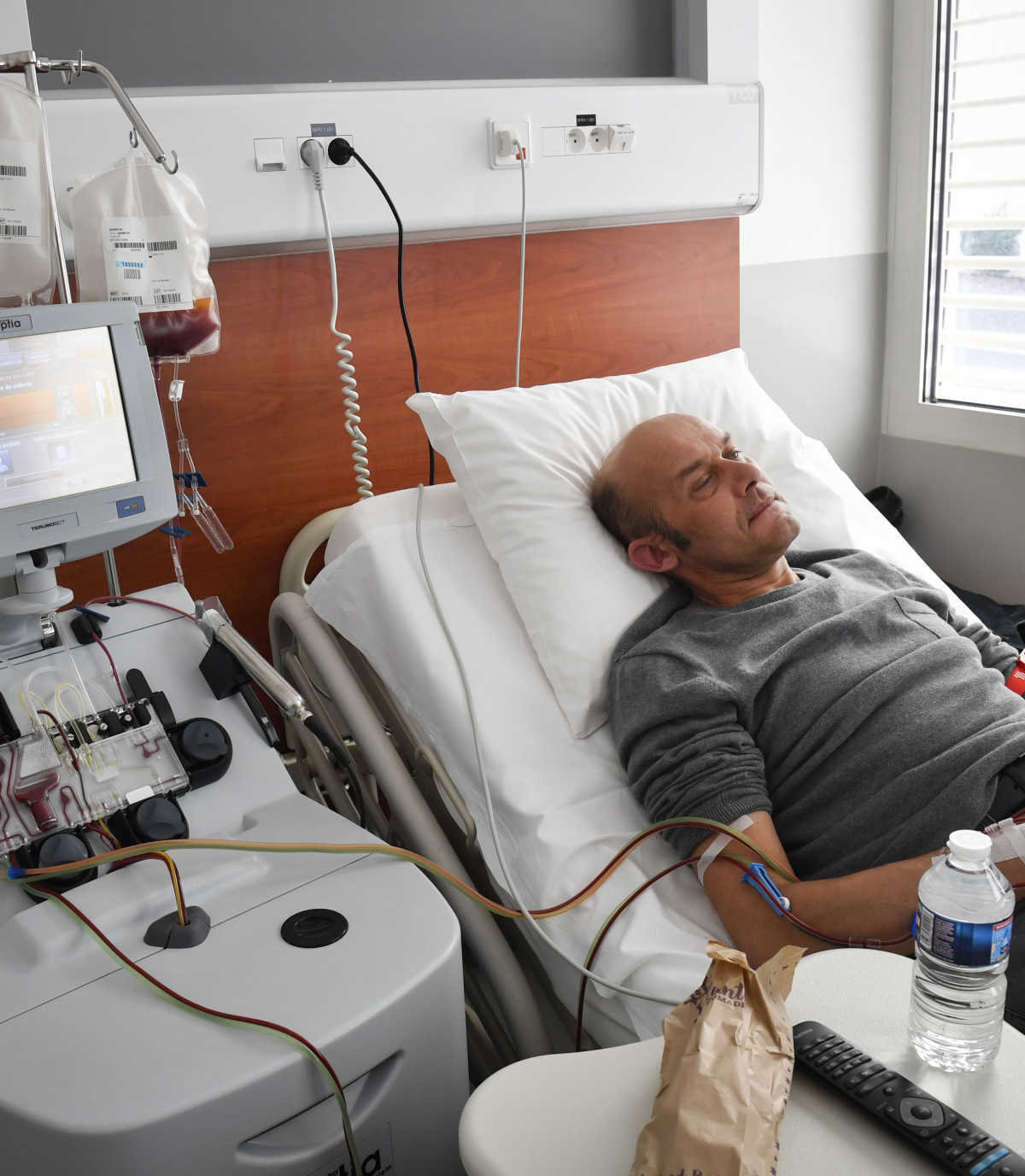
A new approach to cancer treatment called chimeric antigen receptor-modified T cell (CAR-T) therapy proves promising. With CAR-T therapy, a patient’s own T cells are genetically altered to attack cancer cells.
2014: FDA Approves Two New Immunotherapies
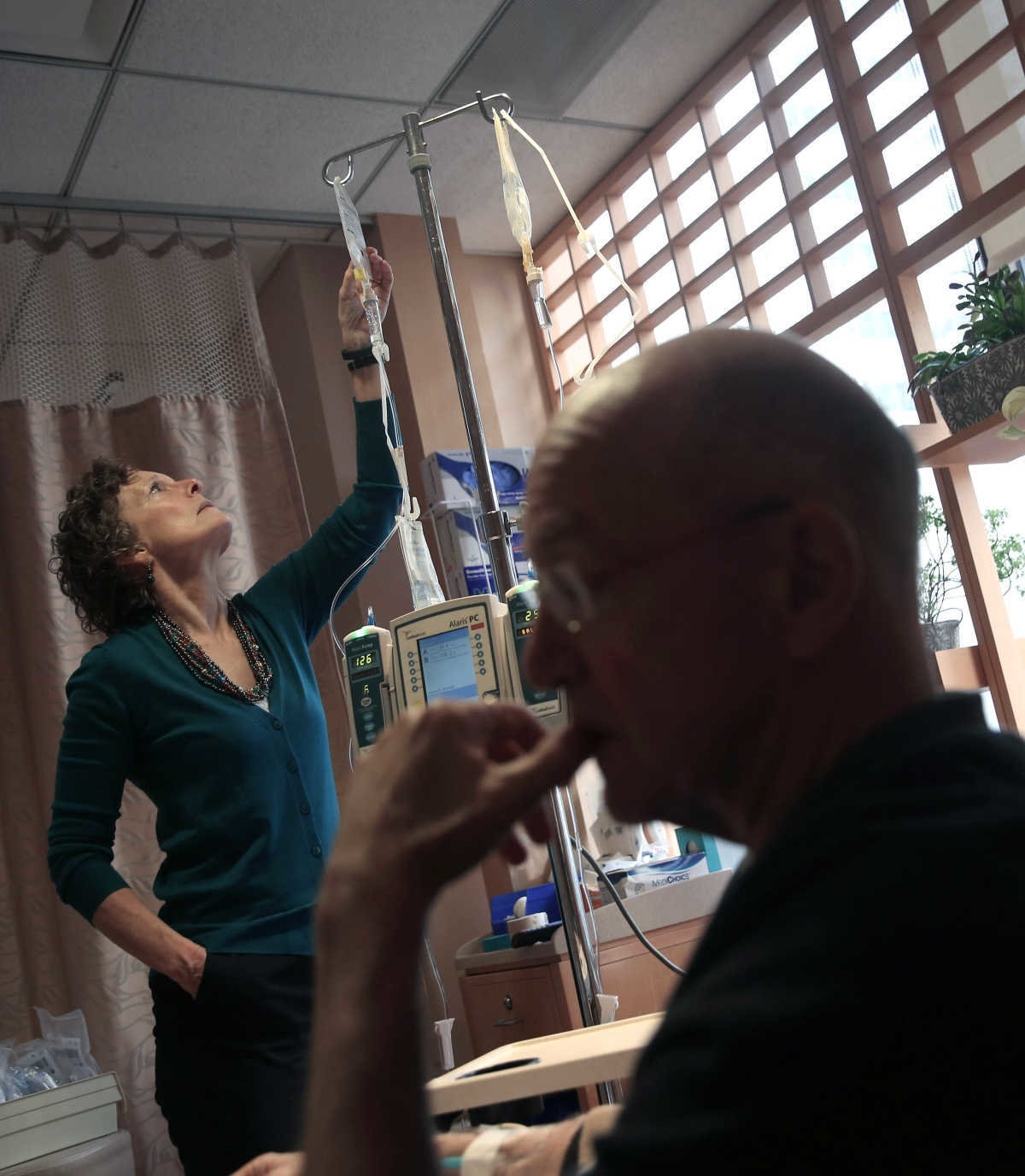
The FDA approves Keytruda (pembrolizumab) and Opdivo (nivolumab) to treat melanoma. These two immune checkpoint inhibitors work by blocking a pathway called PD-1, which prevents the immune system from attacking cancer cells. They were later approved for the treatment of the most common type of lung cancer, as well.
2015: A New Type of Breast Cancer Treatment
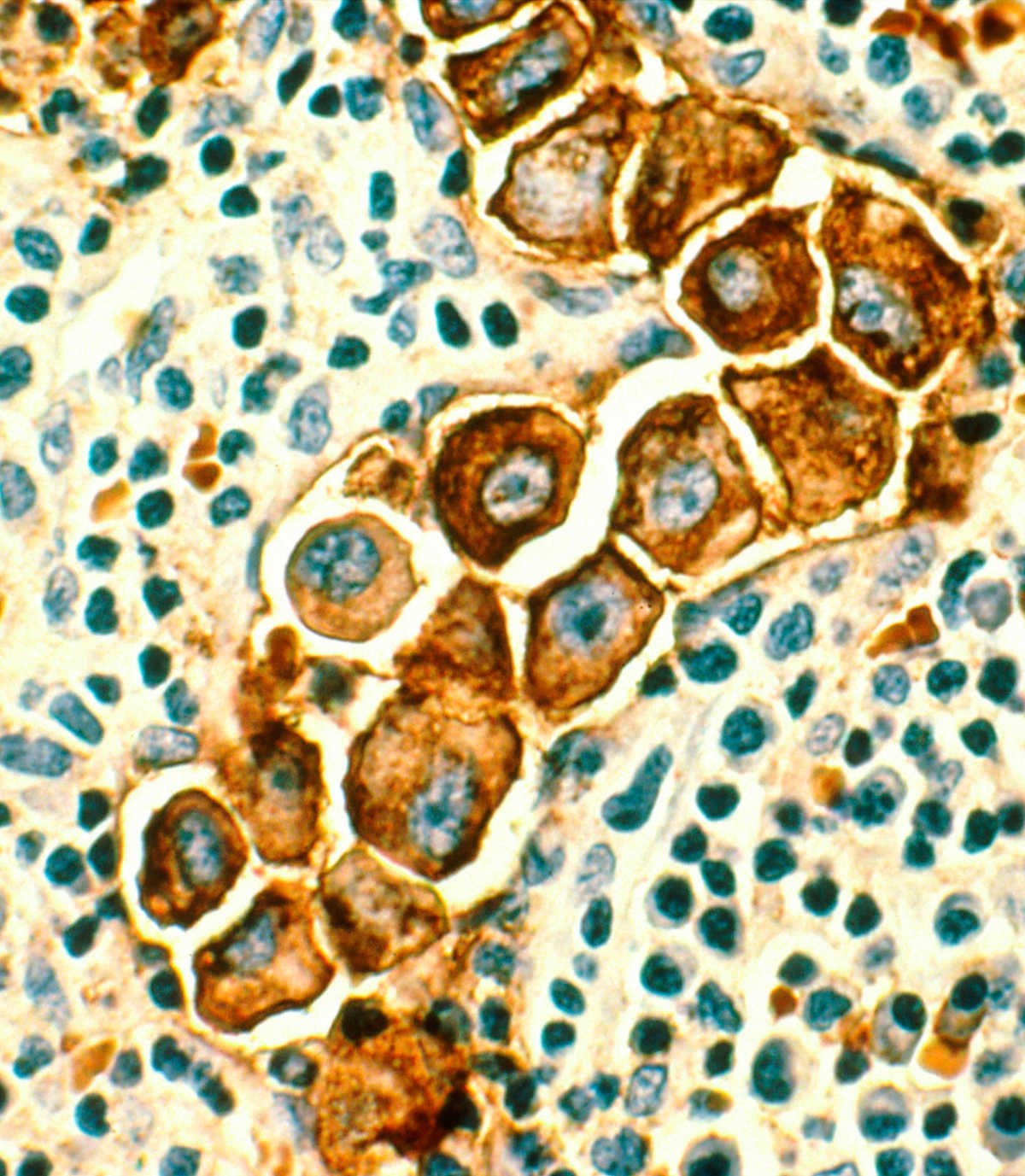
The FDA approves Ibrance (palbociclib), the first cyclin-dependent kinase (CDK) inhibitor, to help treat advanced breast cancer. This is a targeted therapy, not a traditional chemotherapy, which is part of what makes this treatment remarkable.
2017: First Gene Therapy for Cancer
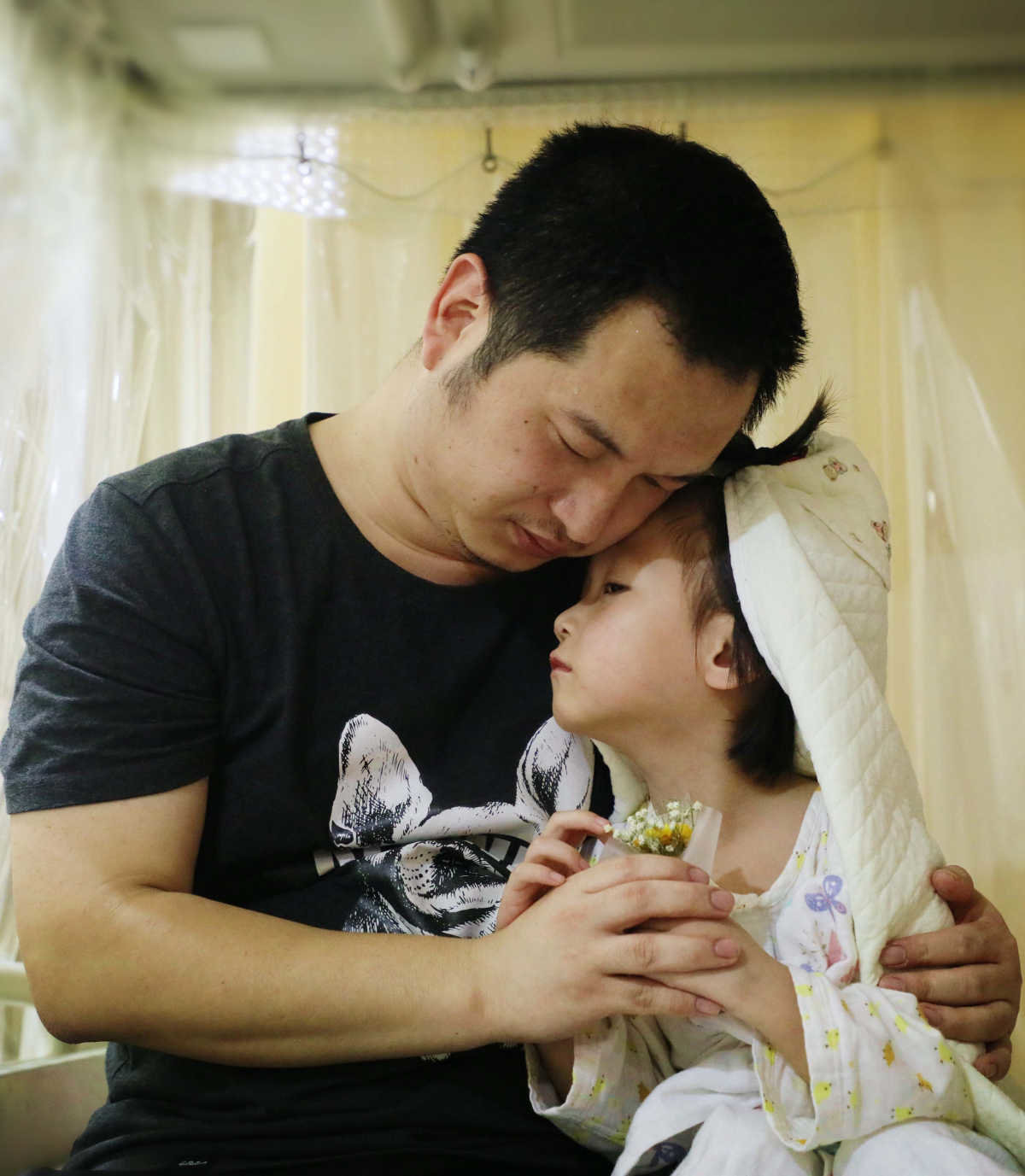
The FDA approved Kymriah (tisagenlecleucel), a cell-based gene therapy, for kids and adults up to age 25 who have B-cell acute lymphoblastic leukemia. This is a great new tool for fighting leukemia in young people.
2018: Immune Therapy Developments
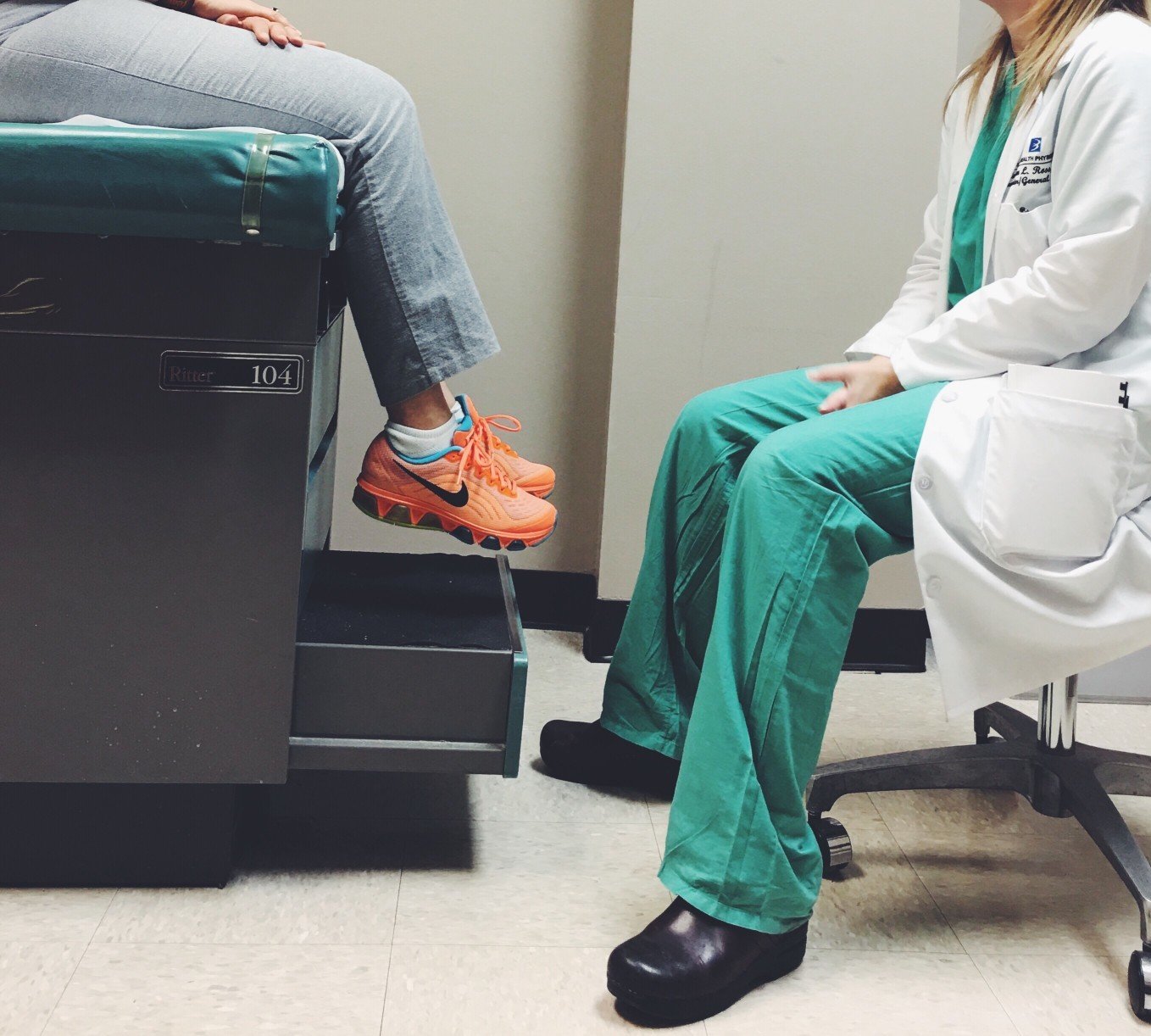
In 2018, the Nobel Prize in Physiology or Medicine was awarded to scientists to two scientists "for their discovery of cancer therapy by inhibition of negative immune regulation." Basically, they found ways to harness the immune system to attack cancer, which is pretty amazing.
2018: A New Blood Test Promises to Detect Up to 8 Types of Cancer
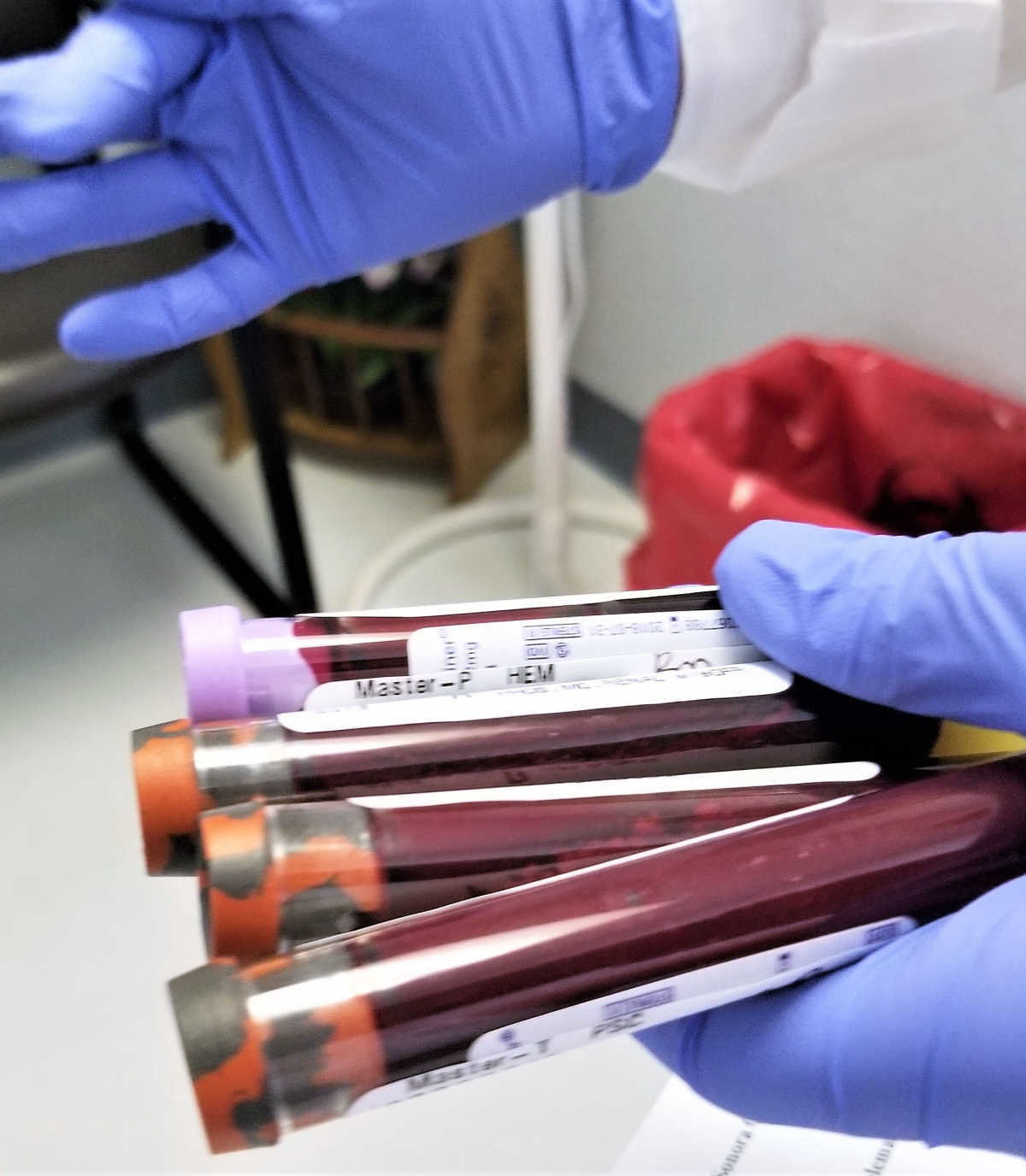
In clinical trials, a new test called CancerSEEK has been shown to detect eight common cancers — a huge advance in early, noninvasive testing. It uses one single blood test to check for eight of the most common cancer types.
2019: Understanding Breast Cancer Genes Leads To Updated Treatments

Advancements have come out of the Trial Assigning Individualized Options for Treatment — or TAILORx — breast cancer study. The study found that a majority — as many as 70% — of women with certain kinds of breast cancer could safely avoid chemotherapy based on results from a 21-gene assay.



